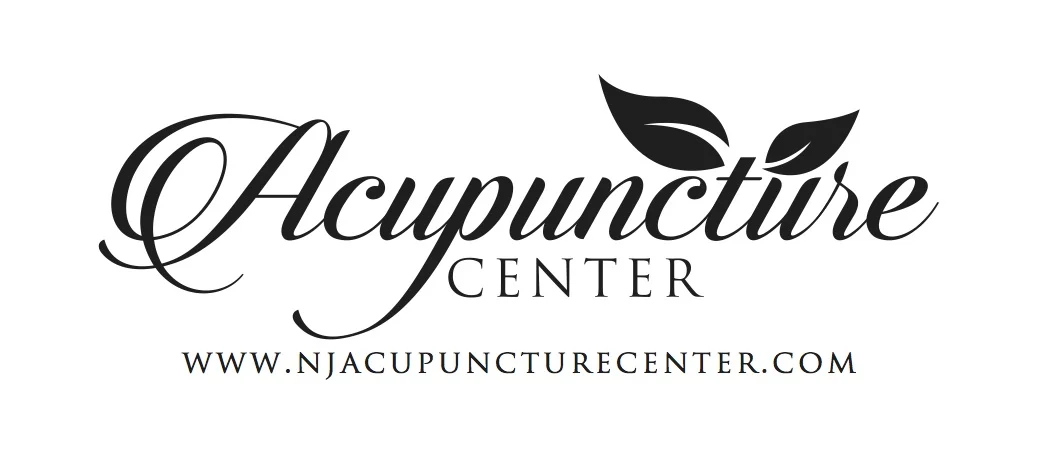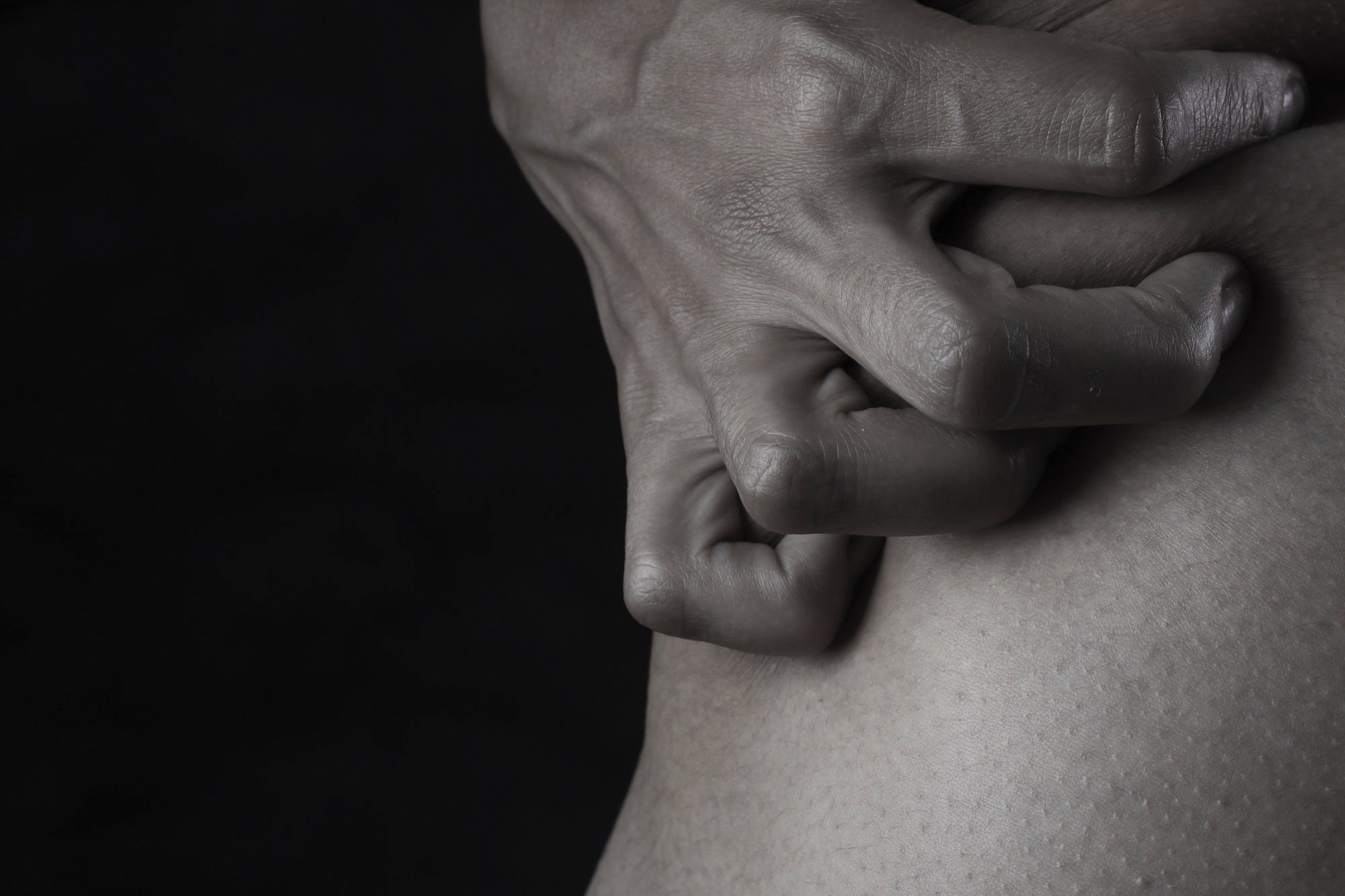How Acupuncture Grew in the US
/October 24 is National Acupuncture and Oriental Medicine Day. We all know that acupuncture is an ancient Chinese practice that has been utilized to treat pain and illness in the far east for thousands of years. Acupuncture is now popular all over the world, including here in the US, and it is continuing to gain a foothold as a safe, effective way to treat myriad forms of pain.
But how did acupuncture make its way to the US?
Some believe that acupuncture’s rise in popularity can be traced to the 1970s, when President Richard Nixon’s Secretary of State Henry Kissinger was in China on a diplomatic trip. Kissinger fell ill and was treated at a Chinese hospital where he received acupuncture as part of his treatment. A journalist for the New York Times was covering Kissinger’s trip and reported on the Secretary’s hospital stay. This was the first exposure in the popular press for acupuncture for many people, and soon after the practice started gaining traction. In 1972, shortly after the publication of the story, the first legal acupuncture center in the country was established.
But acupuncture had been around long before the 1970s. Back in the beginning of the 20th century, acupuncture-like tapping treatments were being used. In the 1950s, some treatments were occurring where needles were being kept in place for up to a week! But soon, practitioners were using correct techniques, and acupuncture started becoming more and more accepted. After the Times article, things really took off.
Fast forward to today, and acupuncture is popular all across the US. There are over 18,000 licensed acupuncturists operating in the country. So while acupuncture can and will still grow even more, now you know that it has a long and interesting history here at home!










